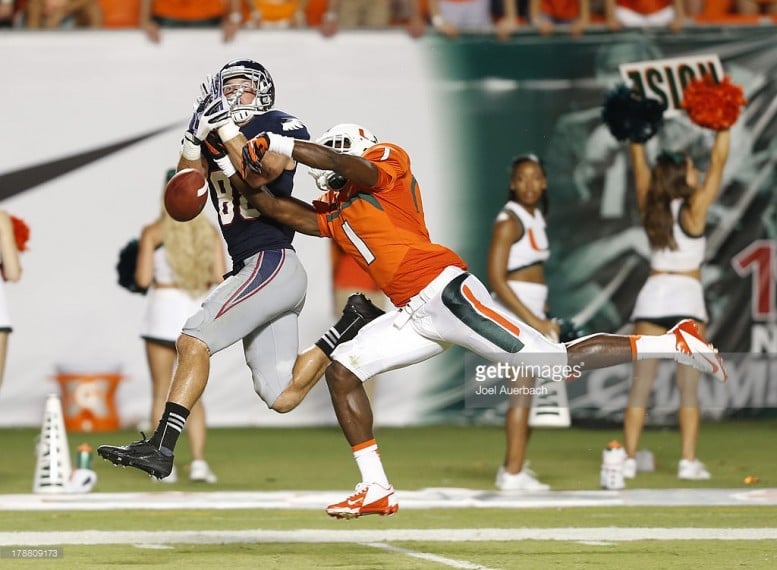The Pittsburgh Steelers have, by and large, been on an upward swing over the course of the past two and a half seasons after they missed the playoffs for two straight seasons, and failed to win a postseason game in four straight years.
Last season saw them gain that elusive playoff victory, though they came up short with about three minutes left in the Divisional round a week later. Their offense took off, and their defense improved, showing playmaking ability and opportunism.
But there are still a lot of unanswered questions facing the team as we crack into free agency territory. As an exercise, we like to take a stab at some of those questions, presenting arguments for the pros and cons of each side of the coin. This is the optimist’s take on the following question.
Question: Assuming the first-round strategy developed into cornerback-or-bust, was it a wise decision to pull the trigger?
More than most teams, the Steelers talk draft in a way that sometimes makes it sound as if their every effort is made to add the single most talented football player that they can at every position, but especially in recent years, there seems to have been a greater acknowledgement of the role that need plays in factoring into their decisions.
That would seem to have been as apparent as ever when the team pounced on cornerback Artie Burns with the 25th pick of the 2016 NFL Draft, just one selection after the Bengals had snatched William Jackson III out from under them, in spite of the fact that they have three former first-round cornerbacks on their roster.
Many viewed Burns as a second-round talent; last year, many viewed second-round pick Senquez Golson as a third-round talent, as a trend begins to emerge. The Steelers are prioritizing need, at least from outward appearances, and there is an argument in favor of that.
It starts with the fact that Pittsburgh has an overall fairly talented roster and are in the twilight years of a franchise quarterback. If the Steelers believe that the greatest impact on the roster over the next few years would be the best cornerback that they can draft at the earliest possible opportunity, then there is some sense behind the move.
There also has to be considered the fact that the cornerback position as a whole is heavily valued. The only position more frequently drafted is wide receiver, and defenses need to keep the pipeline of cornerbacks flowing in order to keep up with the offenses.
Therein presents a perpetual value issue. Because of the value placed on the position, it will be common that the player-to-player comparison between positions will not always cohere to their value, and sometimes you have to take that value hit.
The Steelers felt that they needed to pull the trigger on a cornerback in order to add a significant talent in the secondary that really needed one, even if that talent might not translate to efficient value relative to the draft investment put into him.
But the fact remains that Burns is likely to be a better option than what the team can draft at the position in the second round, or the third round, etc., and at some point the decision has to be made. They made it, and will have to live with it. At the end of the day, they improved their secondary, which is what they wanted.






